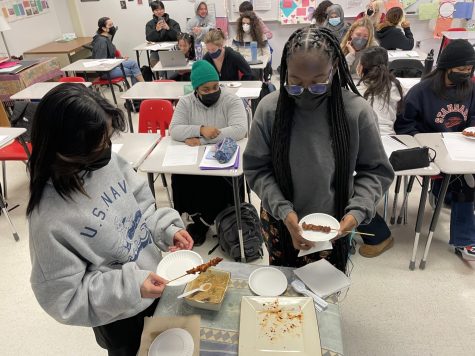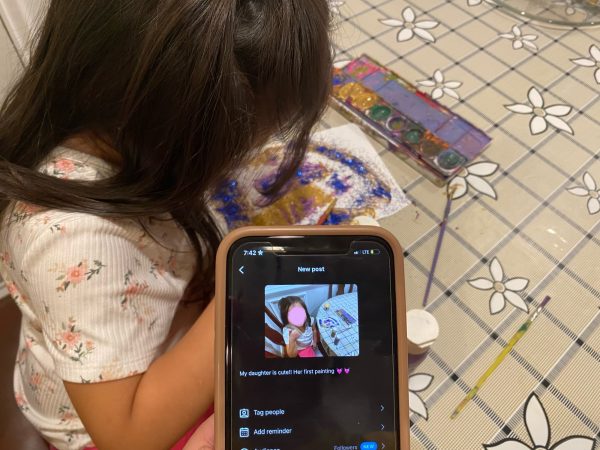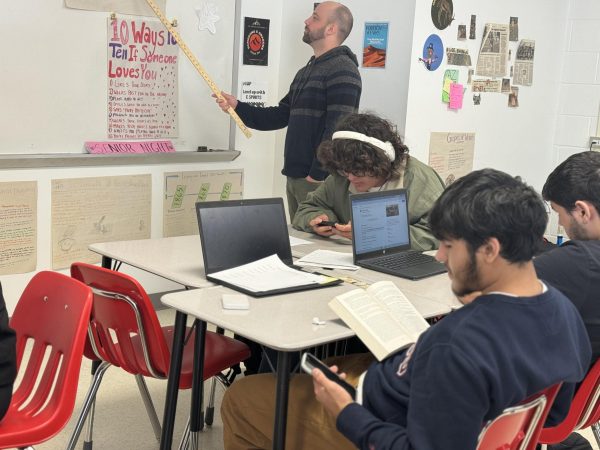Anthropology students taste food from around the world

A long standing elective favorite among AHS upperclassmen, IB Anthropology is a class that studies present day cultural behavior in modern day societies in all parts of the world. The course is taught by Holly Miller.
“I wanted to take Anthropology because everyone who took it before me said it was a useful and fun class that helped them learn more about themselves and the world,” senior Kenneth Anderson said.
The class goes in depth about various societies and communities, in regards to their history, cultural practices, and more, in hopes of educating students about the world outside of the one they know and are familiar with.
One particular unit was about the Amish. In which students were educated on their way of life, and in some years, take a field trip to an Amish community to experience it themselves.
Recently, Miller decided to bring in foods, such as chicken feet and blood sausage, from different cultures and allowed her students to try them.
“When she brings us food to try, it shows us the real world application of what we are learning. I think it’s useful and fun as we were able to learn about culture shock and ethnocentrism while challenging each other to step out of our comfort zones,” Anderson said. “This allows us to understand the world from a different perspective even if it is as simple as trying different snacks from around the world.”
She did so with the intention of opening her students up to the cuisines of other cultures and to strengthen their understanding of the relationship between food and culture.
“Different cultures have different things that they eat and different foods have different meanings for different people,” Miller said. “Food can be culturally constructed.”
Miller had gotten the idea from a fellow teacher.
“He had a survey of unusual foods that are eaten in different places for the students to take,” Miller said. “And I wanted to take it one step further to actually bring in the foods to allow students to give them a try.”
The lesson was also intended to remind her students to be open minded when it comes to other cultures and people, and to not be afraid to try new things.
“It might not be something that we think of as food, but another culture would view it as food,” Miller said.
This tasteful lesson provided students with a direct exposure to other cultures that wouldn’t have been as effective if it was solely through readings.
“My favorite part about it is that it adds another dimension, a kinesthetic dimension, where you actually get to experience what you’re learning about,” Miller said. “Not just reading about it or seeing it, you’re actually experiencing it.”
As a class that focuses on the way people live, teaching methods outside of the conventional classroom allow students to experience what they are learning about in a much more profound way.
“I think [learning outside textbooks] is important because it engages students and activates them to access the content in a different way that might make it more meaningful and have a deeper impact so that they remember it,” Miller said.

Senior Vivian Phan is in her third year of journalism as an In-Depth Editor. She was previously a staff writer and People Editor. She participates in Green...






